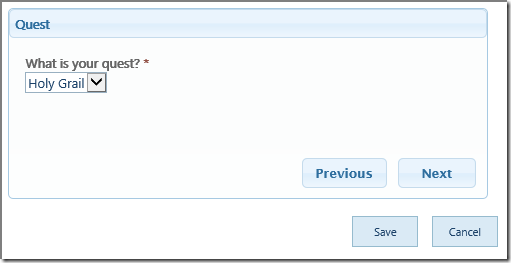The death March begins on CodePlex, and SPEasyForms has been migrated to GitHub.
Eventually, this will be a static landing page for the project, with forums, blogs, downloads, and GitHub linked off of it, but that’s probably going to have to wait until I stand up my own WordPress installation for my company and I’m too busy at the moment to spend time on that. This blog is currently hosted on WordPress.com, which limits the possibilities (there are no forums on WordPress.com or GitHub). For now, the only feedback mechanism is through issues on GitHub. Continue reading “SPEasyForms Migrated to GitHub”

